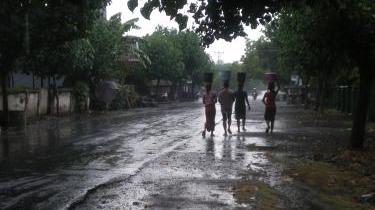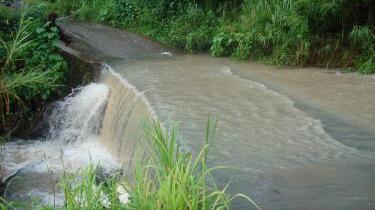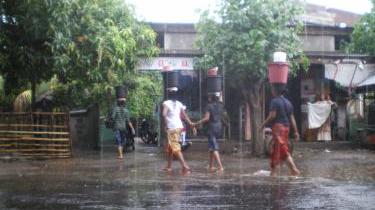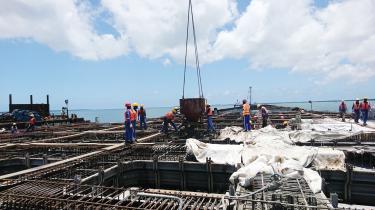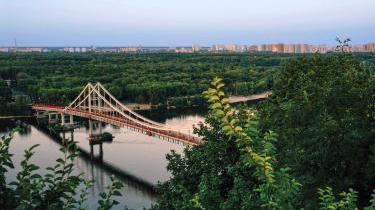Triple Line was appointed by the Global Green Growth Institute (GGGI) to identify opportunities for the application of Nature-based Solutions (NbS) for key urban areas in Ethiopia and Indonesia. The aim being to build resilience to the impacts of climate change on critical urban services such as ensuring water security and mitigating potential disasters such as flooding and landslides.
The countries, and the selected cities, clearly exhibit substantial differences in geographical, urban, socio-economic, and climatic characteristics. The cities, two in Indonesia and three in Ethiopia, ranged from coastal Balikpapan in Borneo, Indonesia, to mountainous Gondar in Ethiopia at an altitude of over 2,100 metres, and also included Addis Ababa, Ethiopia's capital city with six million inhabitants. Samarinda in Borneo, and Jimma in Ethiopia were the other cities.
In Ethiopia, the focus of the project was on urban greening as a means to generate new livelihoods in urban and peri-urban settings, as well as countering climate change impacts such as drought, inadequate water resource management, and stabilising land prone to erosion.
The Indonesia study aimed to support climate resilient investments to create “sponge cities” able to better accommodate increased rainfall and avoid the habitual and disruptive flooding in the two cities. As well as promoting NbS, the project also focused on shaping a financing tool to support longer term investments in urban resilience, including considerations for Indonesia’s new green and smart capital city, Nusantara, that is being built nearby.
NbS is an integral part of infrastructure planning, design and operations
In all five cities, Triple Line worked closely with the local governments, particularly to promote the concept of NbS as a means to address adverse climate change impacts in a sustainable manner. While our diagnostics assessed potential climate change impacts on these cites, neither the scale nor timing of their severity can be predicted with great accuracy. As such, the focus was upon changing perceptions towards NbS and on identifying green solutions, appropriate financing options, and capacity needs for the cities themselves to be able to adapt and build resilience to mitigate the impacts of climate change that are already occurring and will arise in the future.
In particular, existing plans to mitigate flooding or erosion were reviewed to assess how they could best accommodate NbS. This involved substantial replacing of planned "grey" infrastructure, comprising concrete, bricks, and cement, with "green" infrastructure. This is not only cheaper to construct but is more effective in that it localises solutions and lessens the need to introduce large scale infrastructure to accommodate climate change impacts.
Our approach leveraged Global Climate Fund assistance to both countries
By demonstrating the pre-feasibility of the proposed NbS projects across the five cities and through designing innovative financing mechanisms for green finance in both countries, Triple Line's reports formed the basis of an application to the Global Climate Fund, which is being processed, while both governments are seeking to replicate similar interventions in other cities.
The major advantage of NbS in all the project cities is the win-win situation for mitigating flood alleviation and improving water resources. By creating the environment for rapid stormwater infiltration into the ground, the need to construct larger drains to accommodate more intensive rainfall is reduced, while at the same time improving ground water resources. The pace and amount of retention, clearly depends on the types of soil in the area, so this variance is accommodated in the design.
NbS are most suited to new developments but can be applied in existing urban areas. Although in high density urban areas, the "hybrid" approach that blends both grey and green infrastructure is usually best, and where possible, applying NbS in upstream areas to reduce storm flows into the high-density urban areas.
NbS do need a certain amount of advocacy for infrastructure planners and engineers as well as decision makers, particularly in local governments. Although, as their use becomes more common the need for this promotion should reduce. NbS can also require more frequent and extensive, and thus more expensive, maintenance, but this can be used to generate employment.
